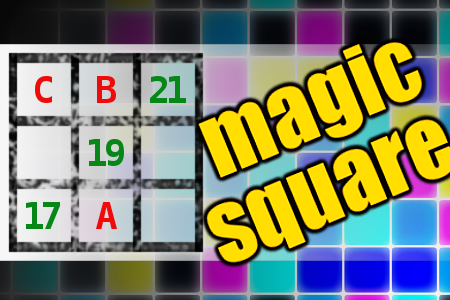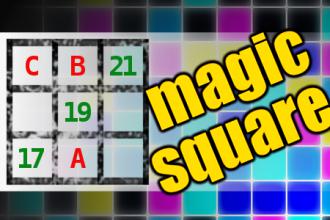MAGIC SQUARE: Calculate A+B+C
The aim is to place the some numbers from the list (17, 18, 19, 20, 21, 22, 40, 42, 44, 62) into the empty squares and squares marked with A, B an C. Sum of each row and column should be equal. All the numbers of the magic square must be different. Find values for A, B, and C. Solution is A+B+C.Correct answers: 1
#brainteasers #math #magicsquare

Two Elderly Gentlemen
Two elderly gentlemen, who had been without sex for several years, decided they needed to visit a cat-house for some tail..... When they arrived, the madam took one look at them and decided she wasn't going to waste any of her girls on these two old men.
So she used "blow-up" dolls instead. She put the dolls in each man's room and left them to their business. After the two men were finished, they started walking home and began to talking. The first man said, "I think the girl I had was dead. She never moved, talked or even groaned... how was it for you?"
The second man replied, "I think mine was a witch. When I nibbled on her breast..... she farted and flew out the window!"

